That Familiar Pinch
Let’s be honest—foot pain is just plain rude. And nothing is ruder than that infamous blister on the bottom of your pinky toe. You know the one. It shows up out of nowhere, usually when you’re already halfway through a walk or after you finally try jogging again (you hero, you). Suddenly, your stride’s hijacked by a fiery little bubble that feels like it could take down a grown elephant.

It happened to me last fall—socks just a little too threadbare after one-too-many “emergency” Target hauls. One minute, I’m savoring that crisp morning air—next, I’m awkwardly tiptoeing home, talking myself out of yanking my shoe off in public. Embarrassing? Absolutely. But totally normal? 100%.
Why Does This Even Happen?
Seriously, who invited these blisters to the party? If you thought “bad luck” was to blame, it’s not that simple (or that random). Most of the time, it’s good old friction—constant, sneaky, and surprisingly effective at causing chaos.
So… It’s Always Shoes?
Not always (though I’d love to blame shoes for everything). Shoes that are too tight (ouch) or too loose (double ouch) are top troublemakers. What’s happening? Basically, your skin keeps rubbing against part of your shoe—sometimes the seam, sometimes the insole, sometimes just because your foot is sliding a little. Layer upon layer, that precious skin gets irritated, swelled up, and—poof—a blister forms out of nowhere. It really loves to camp out on your pinky toe, especially since that toe gets squished with every step you take (especially in styles that look cute but have a questionable relationship with comfort).
Here’s a classic real-life scenario: remember my friend Tom? New running routine, old gym shoes, too much summer sweat. By mile two—his little toe was practically crying. Sure enough, he’d landed himself a blister on bottom of pinky toe from just walking and sweating it out. If you’re nodding because this is your story… welcome, you’re in good company.
Other Blister Enemies Lurking?
Okay, friction’s the main villain, but it’s not alone. Sometimes, a really humid day or damp socks make your skin extra soft—hello, moisture! Suddenly, it’s far more likely to rub raw. Occasionally, you’ll see blisters thanks to burns, allergic reactions, even eczema or skin infections (but those are less common). Curious to see even more causes or stories from fellow walkers? There’s a ton more in blister on bottom of pinky toe from walking (and it’s not just you, promise).
| Blister Culprit | Common Scenario | How To Dodge It |
|---|---|---|
| Friction | Loose/ill-fitting shoes | Shoes that fit + padded socks |
| Moisture | Hot/humid walks (or wet socks after rain… been there) | Switch to dry socks midday |
| Allergic reaction | Try new detergent, get a surprise rash | Switch detergents, see doc if weird blisters keep coming back |
| Pinch blisters/toe alignment | Toes crowding or odd-shaped shoes | Padding or shoes with actual toe space |
Is It Worse When You Walk More?
Oh, big time. The more miles you log—whether you’re on a mountain trail or just doing laps at the mall—the more opportunity for bad shoe-skin drama. That’s why hikers, runners, and people breaking in new shoes always talk about the dreaded toe blisters. If you read up on blister on bottom of pinky toe from walking, you’ll see it’s practically a rite of passage for walkers. Not a fun one, though.
How To Spot Trouble Early
Listen, your pinky toe will try to warn you. Got a weird hot sting or itch at the bottom of your pinky? Pause for a second. That’s often the “please help me” phase—a short window before a full-blown blister shows up.
What Does a Blister Look and Feel Like?
Most commonly? A small, angry bubble with clear fluid trapped inside. It can be shiny and tight or, if things have gotten dramatic, it may even look red or purple (those are blood blisters—not as common, but a sign extra force or squishing happened). Some get a bit puffy with redness or itch, and if you notice it right after a long walk or shoe-swap, that’s your clue.
Early Catch = Easier Fix
The earlier you notice something feels weird, the sooner you can—hopefully—avoid the notorious “limp of shame” as you hobble for cover. Have you ever stopped mid-walk, yanked off your socks in the car, and just stared at your toe, wondering how this escalated? Me too.
Worried It’s More Than Just a Blister?
If you see pus, crazy swelling, or red streaks heading up your foot… don’t wait. That could mean something’s infected—or not a simple friction blister at all. Time to get a doctor’s opinion. But most of the time? It’s just a little bubble, stubborn but harmless, and it’ll heal with a bit of care.
Let’s Talk Relief (And Why You Shouldn’t Pop It)
First things first: please don’t pop it. I know, the temptation is real. That squishy, tense little bulge just begs to be “drained.” But guess what? That liquid is actually your body’s way of creating a mini shield, letting things heal drama-free on their own according to experts at PediFix.
Simple Home Blister TLC
So what do you actually do? It’s easy:
- Clean the area with warm water and mild soap.
- Pat it dry (don’t rub, your toe has been through enough).
- Stick a bit of moleskin or a gel pad around the sore zone—these are lifesavers for blisters on the bottom of the pinky toe.
- If it broke on its own (hey, sometimes it happens), leave that loose skin in place. It protects what’s underneath.
- Cover it with a sterile bandage if it’s open—change daily.
Want a step-by-step approach? The advice at pinky toe blister treatment is as practical as it gets—and perfect for those “Oh no, what now?” moments.
When Is Doctor Time?
If the pain feels unbearable, blisters keep returning, or you notice signs of infection—red streaks, spreading swelling, yucky pus—it’s definitely time for a pro. And if you or someone you care about has diabetes or trouble healing wounds, don’t wait. Pinky toes heal faster with a little medical teamwork.
Avoid Blister-Triggering Mistakes
Some common errors most of us have made? Wearing the same socks day after day (guilty), choosing new shoes for an all-day event (“they’ll stretch, right?”), skipping moisture-wicking socks, or ignoring that first little hot spot and just pushing through.
Will It Come Back? (And How To Keep It Away)
If you’re thinking, “Am I doomed to repeat this every summer?”—the good news is, not necessarily. Turns out, the fix is smart yet simple. It starts with paying attention to… you guessed it, your shoes and socks.
Small Habits, Big Protection
- Wear shoes that actually fit. Not “sorta” fit—real fit. Your pinky toe should never feel crunched or lonely at the edge.
- Choose socks that wick away sweat. Cotton socks are great until they’re wet (said every hiker ever). Try synthetic blends or double-layer socks.
- Cushion high-risk spots. A roll of moleskin or a few gel toe protectors are game-changers—especially if you know a long walk is coming. Some hikers practically live in gel pads to avoid the dreaded pinky toe drama. Gel toe protectors can be the secret weapon for “pinch blisters” on little toes, as pointed out in blister on bottom of pinky toe from walking.
- If your feet sweat, keep a spare pair of socks handy. Nothing feels as good as dry, friction-free feet halfway through a long day.
A Little Prevention Story
I used to scrap my old running shoes only when they literally fell apart. But after two months of weekly blisters (and some stubborn denial), I finally grabbed a new pair. Guess what? No more blisters. Magic? Nope. Just… better fit, less friction, happier toes.
Extra Tips for Chronic Walkers and Hikers
- Break in new shoes slowly. Don’t sprint into a big hike with shoes fresh outta the box.
- Check the inside of your shoes—any seams, tears, pebbles? Even the tiniest flaw can morph into a pain point after a few miles.
- Check your stride and toe alignment. Sometimes, toe separators or orthotics help prevent repeated “pinch” blisters, especially on little toes that naturally curl or press together. More of those details are in pinky toe blister treatment.
Let’s Wrap This Up (And Take Back Your Walk!)
Let’s face it: a blister on bottom of pinky toe is a special kind of annoying. But it isn’t unbeatable. You’ve got friction-fighting tricks, prevention hacks, and a few simple fixes if things go south. Treat that toe with kindness (padding! dry socks! better shoes!), keep it clean, and let your body work its natural healing magic. For more ideas, check out the advice in pinky toe blister treatment—it’s helped loads of us dodge repeat blisters.
So, next time you’re gearing up for a walk, a run, or just a Friday shoe adventure, you’ll know exactly what to watch for—and how to get ahead of the drama. Your feet will love you for it. And honestly? You deserve happy, pain-free miles (and maybe a treat for surviving shoe season). What swaps or tricks have worked for you? Let’s beat these blisters together—step by step.

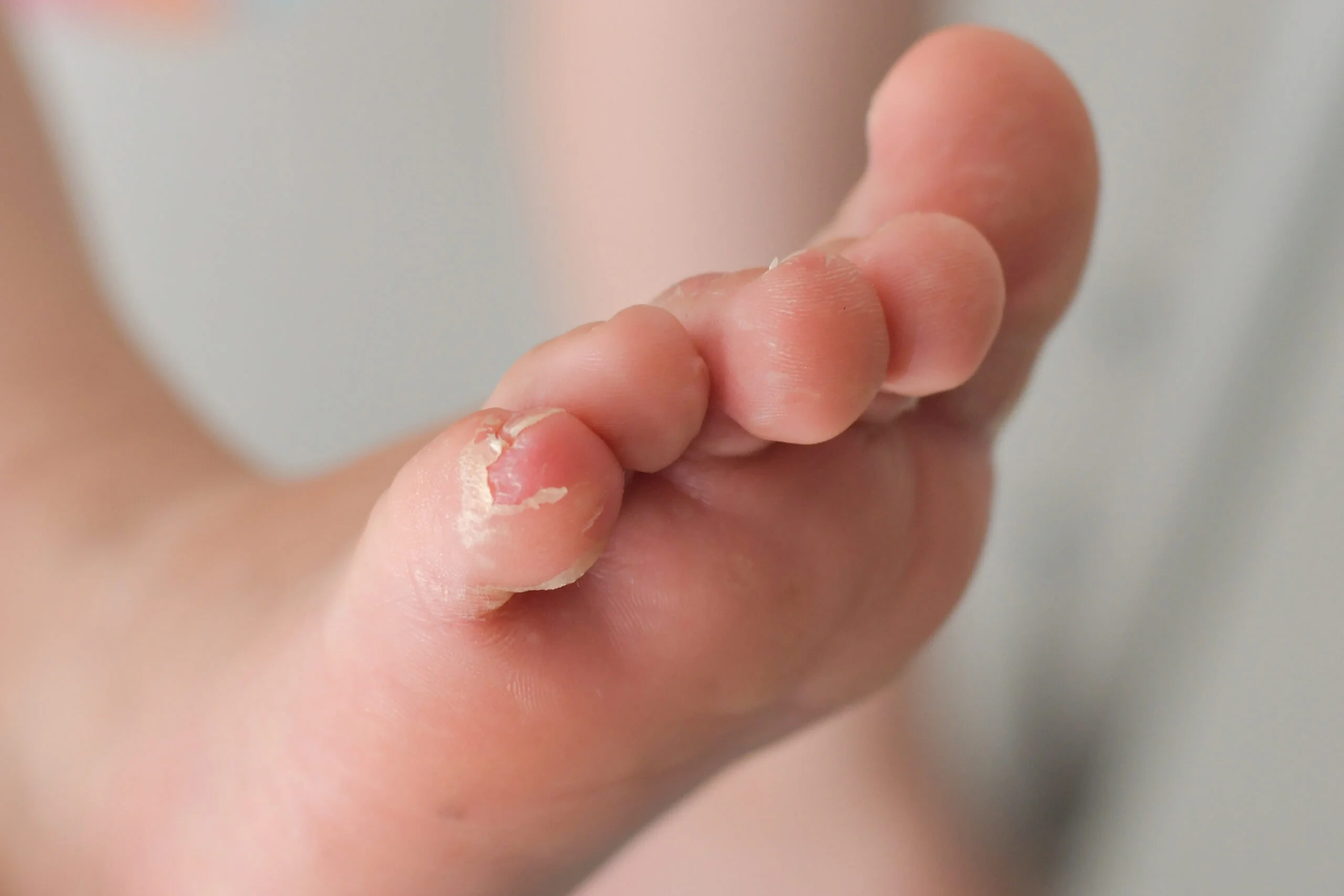



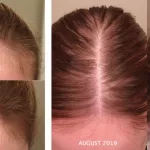

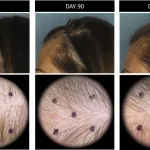



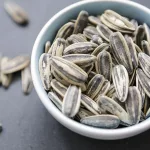
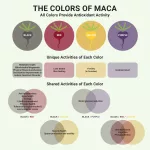

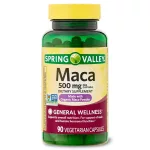
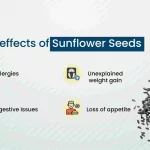


Leave a Reply
You must be logged in to post a comment.